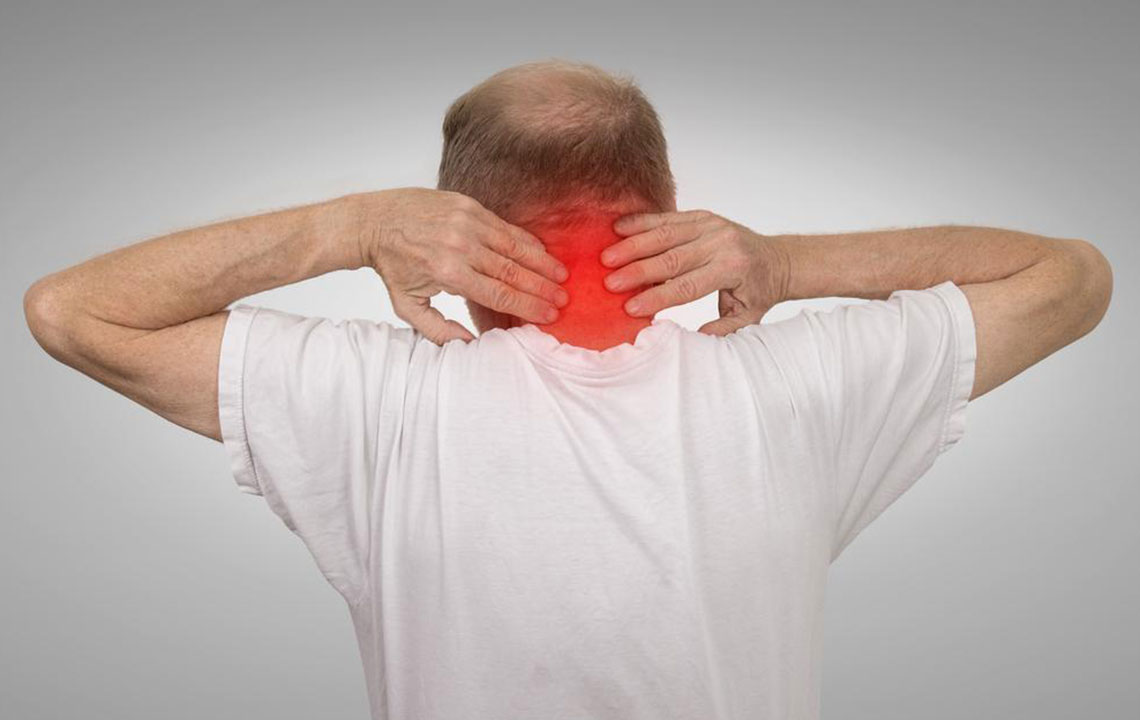Comprehensive Guide to Back Pain: Causes, Symptoms, and Effective Management Strategies
This comprehensive guide covers the causes, symptoms, and treatment options for back pain. It emphasizes the importance of understanding underlying issues, recognizing symptoms early, and adopting effective management strategies including medical treatments, physical therapy, and lifestyle modifications. Whether dealing with acute or chronic pain, the article provides valuable insights to help individuals improve their back health and prevent future discomfort, making it a vital resource for anyone suffering from or interested in back pain prevention and care.

Comprehensive Guide to Back Pain: Causes, Symptoms, and Effective Management Strategies
Back pain is a widespread health concern affecting millions of people globally. It can manifest suddenly or persist over time, significantly impacting daily activities and overall quality of life. Understanding the root causes, recognizing the symptoms, and exploring effective management options are essential for anyone experiencing back discomfort. This extensive guide provides in-depth insights into the various aspects of back pain, from causes to treatment strategies, equipping readers with the necessary information to address this common yet complex condition.
Back discomfort may arise from multiple factors and can occur in different regions of the back. The pain can be acute, lasting from a few days to several weeks, or chronic, extending beyond three months. Younger individuals tend to be less affected by chronic back issues; however, modern lifestyles, aging, and other health factors have contributed to increasing cases across all age groups.
Understanding the Causes of Back Pain
Back pain results from a combination of structural, biological, and lifestyle factors. Recognizing these causes is crucial for effective treatment and prevention. Here are some of the primary contributors to back discomfort:
Degenerative Conditions: Arthritic changes, especially osteoarthritis, often affect the lower back, leading to spinal stenosis — a narrowing of the spaces around the spinal cord that causes compression and pain. These degenerative changes are common with aging and can significantly impair mobility.
Intervertebral Disc Problems: The discs that cushion the vertebrae can become damaged, swelling, or rupture, pressing on adjacent nerves. This condition, known as herniated or slipped discs, is a prevalent source of localized and radiating pain.
Skeletal Abnormalities: Conditions like scoliosis, a sideways curvature of the spine, often go unnoticed until they progress. Such abnormalities can cause uneven stress on the back, leading to persistent discomfort, especially in later stages of life.
Osteoporosis: A condition characterized by weakened, porous bones, osteoporosis increases fracture risk, including compression fractures in the vertebrae that cause sharp back pain, particularly in older adults.
Other Contributing Factors: Lifestyle choices such as obesity, smoking, physical inactivity, and prolonged sedentary behavior exert additional strain on the spine. Mental health issues like stress and anxiety can also exacerbate perceptions of pain and muscle tension.
Understanding these causes helps in tailoring treatment plans and implementing preventive measures to mitigate back pain episodes.
Recognizing the Symptoms of Back Discomfort
Back pain presents with a variety of symptoms that can range from mild discomfort to debilitating pain. Recognizing these signs early can prompt timely medical intervention and prevent complications:
Intermittent dull, aching, or sharp pain localized in the back region.
Radicular pain radiating along nerve pathways, often down the legs (sciatica).
Muscle stiffness, tension, or spasms that limit mobility.
Difficulty performing routine tasks such as bending, lifting, or sitting for prolonged periods.
Pain that worsens with movement or prolonged sitting.
In some cases, back pain may be accompanied by symptoms like fever, unexplained weight loss, or neurological deficits.
Additional signs such as numbness, tingling, or weakness in the lower limbs.
Discomfort affecting bowel and bladder functions, indicating more serious underlying issues.
Recognizing these symptoms early can aid healthcare providers in diagnosing the exact cause and devising effective treatment strategies.Effective Strategies for Managing Back Pain
Managing back discomfort involves a combination of medical treatment, lifestyle modifications, and home remedies. The appropriate approach depends on the severity, duration, and underlying cause of pain:
Medical Treatments: Non-steroidal anti-inflammatory drugs (NSAIDs) and analgesics are commonly used to reduce inflammation and alleviate pain. In cases involving nerve pain, antidepressants or anticonvulsants may be prescribed. For persistent or severe cases, healthcare providers might recommend injections such as corticosteroids or, in rare instances, surgical procedures like spinal fusion or disc replacement to alleviate structural issues.
Physical Therapy and Alternative Treatments: Physical therapy exercises aimed at strengthening core muscles, improving flexibility, and correcting posture are vital. Techniques like chiropractic adjustments, acupuncture, massage therapy, and meditation can help reduce muscle tension and improve blood flow. Cognitive behavioral therapy (CBT) can also assist in managing chronic pain by addressing psychological components.
Home Remedies and Lifestyle Changes: Applying ice packs or heat pads can help reduce inflammation and relax muscles. Maintaining a healthy weight reduces stress on the spine. Engaging in regular, low-impact exercise like walking, swimming, or yoga can strengthen back muscles and improve posture. Avoiding prolonged sitting, practicing proper lifting techniques, and maintaining ergonomic workspaces are essential preventive measures.
Surgical Interventions: Surgery is typically reserved for cases where conservative treatments have failed, or there are serious structural issues such as severe disc herniation or spinal instability. Procedures may involve disc removal, spinal fusion, or decompression surgery, tailored to the individual's needs.
In addition to these strategies, staying informed about back health and adopting habits that promote spinal wellness can significantly reduce the risk of future discomfort. Early intervention and a comprehensive approach are key to managing back pain effectively and regaining quality of life.





